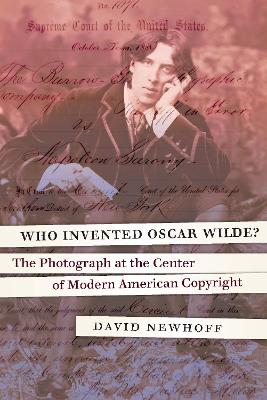On December 14, 1883, a short article in the New York Times featured the headline, "Did Sarony Invent Oscar Wilde?" It was a sarcastic reference to opening arguments presented the day before at the U.S. Supreme Court in Burrow-Giles Lithographic v. Sarony over the infringement of Napoleon Sarony’s photograph, Oscar Wilde No. 18. The unlicensed use of the image was one made for advertising, and because Wilde’s lecture tour was anticipated with a certain amount of buzz, the mood conveyed by “No. 18” seemed like an opportunity for the Erich Brothers Department Store in Manhattan to promote its collection of men’s hats. The actual infringer, the Burrow-Giles Lithographic Company, which printed 85,000 trade cards bearing the image, argued that no photograph should ever be protected by copyright because there is no “author” who is “writing” the finished work - a reference to the intellectual property clause of the U.S. Constitution. The decision in Sarony came nineteen years after Congress added photographic works to the protected tems under the copyright act, and at a time when many people - including quite a few photographers - were not exactly sure they considered the medium to be the least bit creative.
Beginning with a lighthearted overview of copyright history, from the so-called first copyright case in sixth-century Ireland to the establishment of copyright in the new United States, David Newhoff orients the reader toward a basic understanding of pretechnological copyright law. In telling the story of Sarony’s own development as an artist, Newhoff presents an underexamined biography concurrent with the development of the photographic medium itself. Sarony’s personal development from lithographer to photographer represents a broader historic transition, from a time when social, political, and current events were conveyed through manual image-making to the first era when these events were depicted by machine-made images assumed to represent infallible truth. The shift in the way people perceived the world by the 1880s warrants fresh consideration in the context of the various effects of social media and the omnipresence of cameras capturing trillions of moments - from profoundly important events to mundane intimacies that might be better left undocumented.
- ISBN10 1640121587
- ISBN13 9781640121584
- Publish Date 28 March 2021
- Publish Status Active
- Publish Country US
- Imprint Potomac Books Inc
- Format Hardcover
- Pages 312
- Language English
